Copyright & Fair Use Professional Development
Copyright & Fair Use Professional Development: In the digital age, educators are increasingly incorporating multimedia and online resources into their teaching. While this enhances learning experiences, it also brings forth the challenge of navigating copyright laws and understanding fair use. Professional development (PD) in this area is crucial for educators to ensure they respect intellectual property rights while fostering creativity and critical thinking in students.
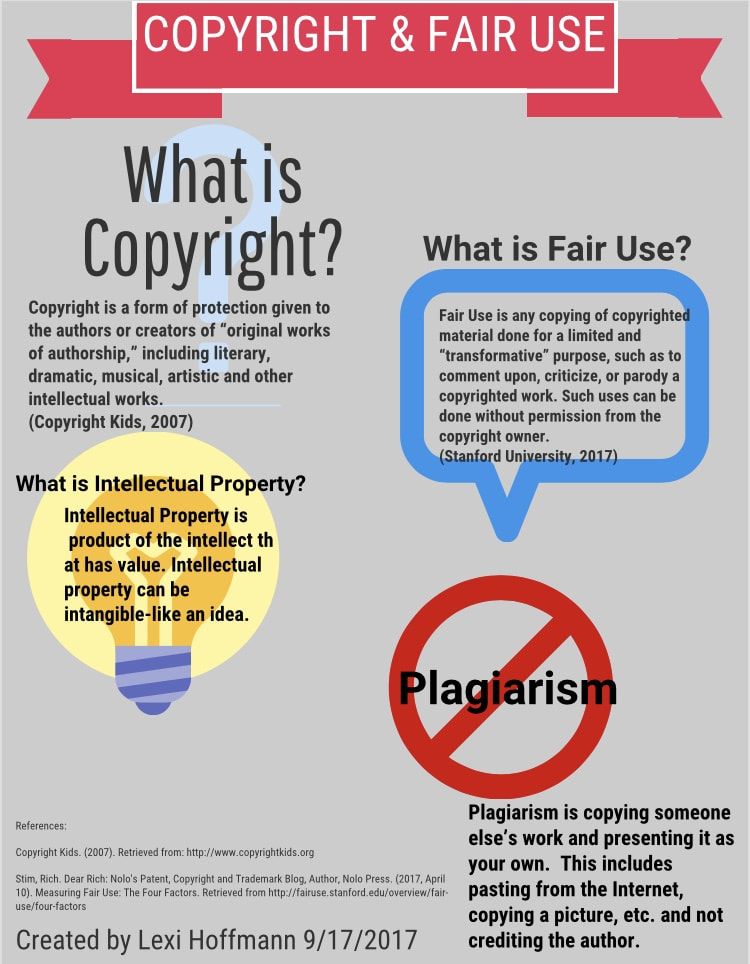
Understanding Copyright and Fair Use
1. What is Copyright?
Copyright is a legal framework that grants creators exclusive rights to their original works, such as literary, musical, and artistic creations. These rights allow creators to control the reproduction, distribution, and public performance of their works. The purpose of copyright is to encourage creativity by providing creators with the incentive of control over their works.
2. Defining Fair Use
Fair use is a doctrine within U.S. copyright law that permits limited use of copyrighted material without permission under specific circumstances. It is designed to balance the interests of copyright holders with the public’s interest in the broader distribution and use of creative works. Common purposes that may qualify for fair use include criticism, comment, news reporting, teaching, scholarship, or research.
3. The Four Factors of Fair Use
To determine whether a use qualifies as fair use, courts consider four factors:
- Purpose and Character of the Use: Non-commercial, educational, or transformative uses are more likely to be considered fair use.
- Nature of the Copyrighted Work: Use of factual or non-fiction works is more likely to be fair use than use of highly creative works.
- Amount and Substantiality of the Portion Used: Using a smaller, less significant portion of the work may favor fair use.
- Effect of the Use on the Market: If the use does not negatively impact the market value of the original work, it may be more likely to be fair use.
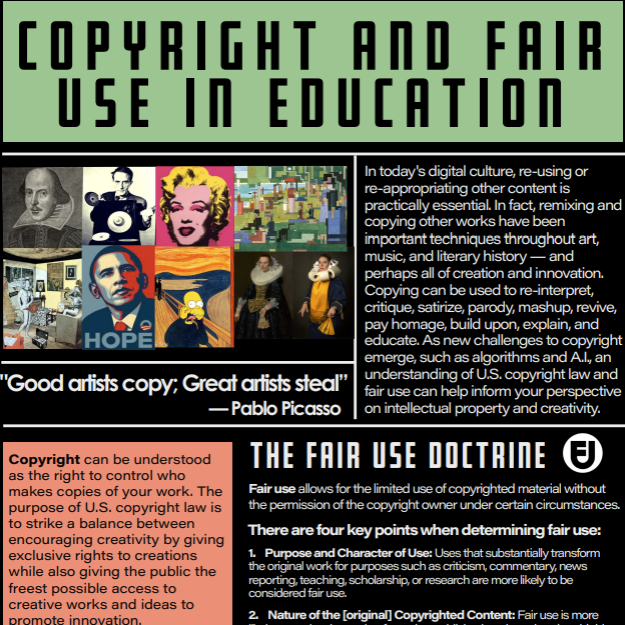
Professional Development in Copyright and Fair Use
1. Importance for Educators
Educators must be well-versed in copyright laws and fair use to:
- Ensure compliance with legal standards.
- Protect students and institutions from potential legal issues.
- Encourage ethical use of resources.
- Promote creativity and critical thinking.
2. Components of Effective PD Programs
An effective PD program on copyright and fair use should include:
- Workshops and Seminars: Interactive sessions that cover the basics of copyright law and fair use principles.
- Case Studies: Real-world examples illustrating fair use scenarios in educational settings.
- Resource Materials: Guides, checklists, and templates to assist educators in evaluating fair use.
- Collaborative Discussions: Opportunities for educators to share experiences and strategies.
- Ongoing Support: Access to legal experts or copyright specialists for continued guidance.
3. Integrating Technology in PD
With the increasing use of digital tools in education, PD programs should also focus on:
- Digital Literacy: Understanding the implications of digital content use.
- Online Resources: Utilizing platforms that offer royalty-free or Creative Commons-licensed materials.
- Digital Copyright Tools: Introducing tools that help in tracking and managing digital content usage.
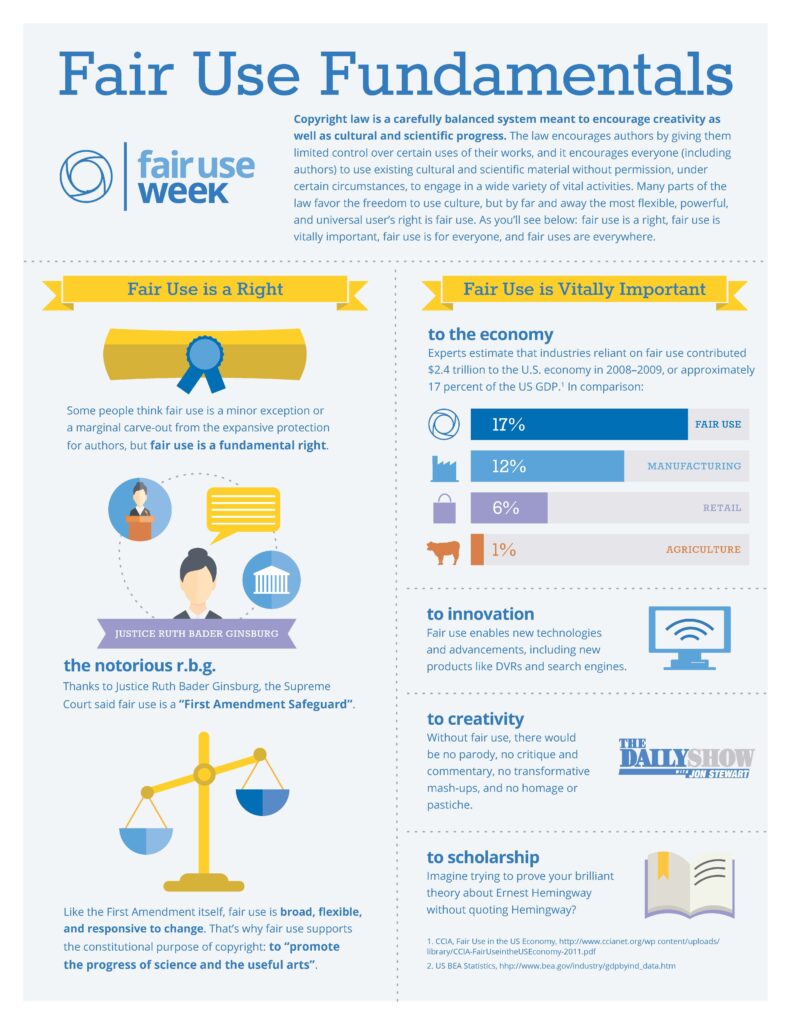
Examples of Fair Use in Education
1. Classroom Use of Excerpts
An educator uses a short excerpt from a copyrighted novel to illustrate a literary device during a lesson. This use is typically considered fair use because it is for educational purposes and does not negatively impact the market value of the work.
2. Parody and Commentary
A student creates a parody video that comments on a popular film. While the original film is copyrighted, the transformative nature of the parody may qualify it as fair use under the commentary and criticism purpose.
3. Online Educational Content
A teacher uploads a lecture that includes brief clips from copyrighted videos to a secure online classroom platform. If the use is limited, non-commercial, and part of the curriculum, it may fall under fair use.
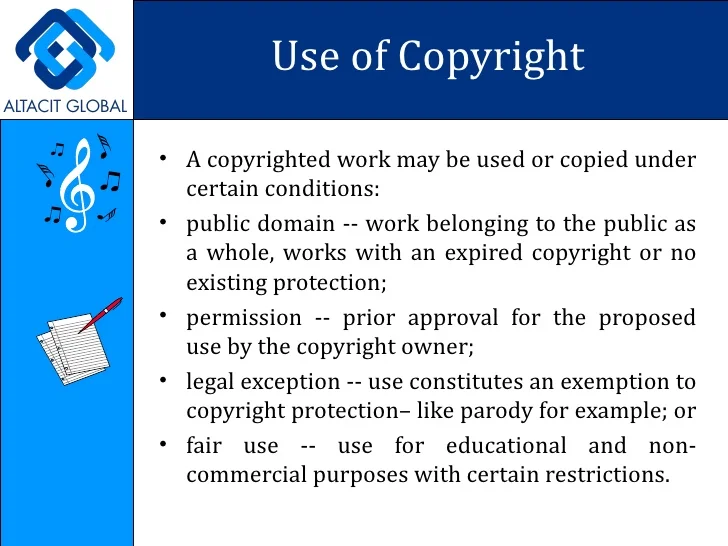
Challenges and Considerations
1. Ambiguities in Fair Use
Determining fair use can be subjective, and what qualifies as fair use in one context may not in another. Educators should exercise caution and seek guidance when in doubt.
2. International Considerations
Copyright laws vary by country. Educators engaging with international content or audiences must be aware of and comply with the relevant laws and regulations.
3. Evolving Digital Landscape
The rapid advancement of digital technologies presents new challenges in copyright and fair use. Educators must stay informed about changes in laws and best practices to navigate these challenges effectively.
Conclusion
Professional development in copyright and fair use is essential for educators to navigate the complexities of intellectual property in the digital age. By understanding and applying fair use principles, educators can enhance their teaching practices while respecting the rights of content creators.
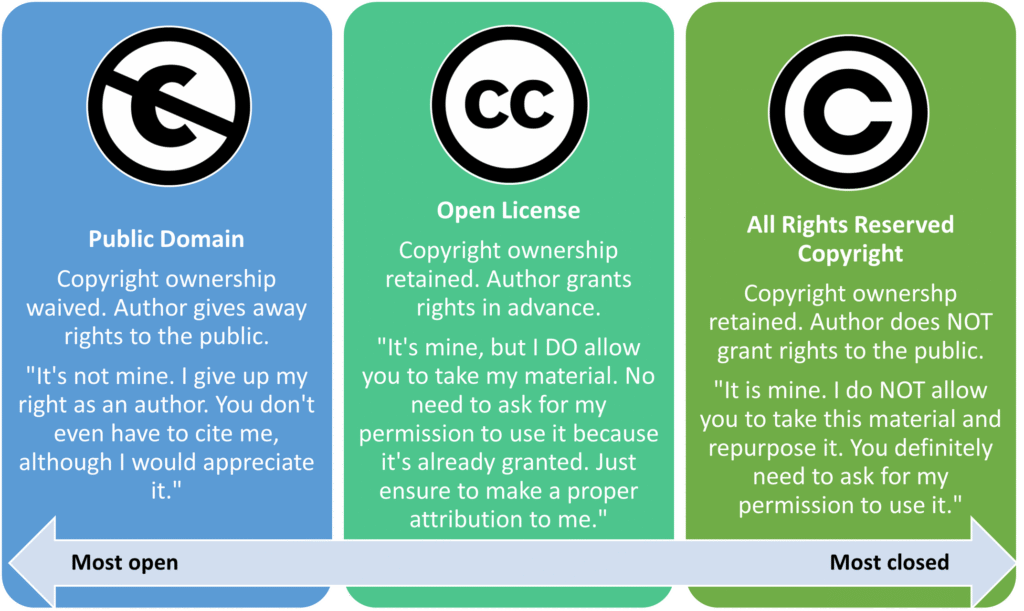
Frequently Asked Questions (FAQs)
Where can I find resources for professional development in copyright and fair use?
Many educational institutions and libraries offer workshops and materials on copyright and fair use. Additionally, online platforms and organizations provide resources and guidance for educators.
What is the difference between copyright and fair use?
Copyright grants creators exclusive rights to their works, while fair use allows limited use of copyrighted material without permission under specific circumstances.
Can I use copyrighted material in my classroom?
Yes, under certain conditions, such as for educational purposes and without affecting the market value of the work, it may qualify as fair use.
Do I need permission to use Creative Commons-licensed materials?
It depends on the specific license. Some Creative Commons licenses allow use without permission, while others may require attribution or prohibit commercial use.
How can I determine if my use qualifies as fair use?
Consider the four factors of fair use: purpose and character of the use, nature of the copyrighted work, amount and substantiality of the portion used, and effect on the market value.
Free Download Link: Coffin of Andy and Leyley APK
